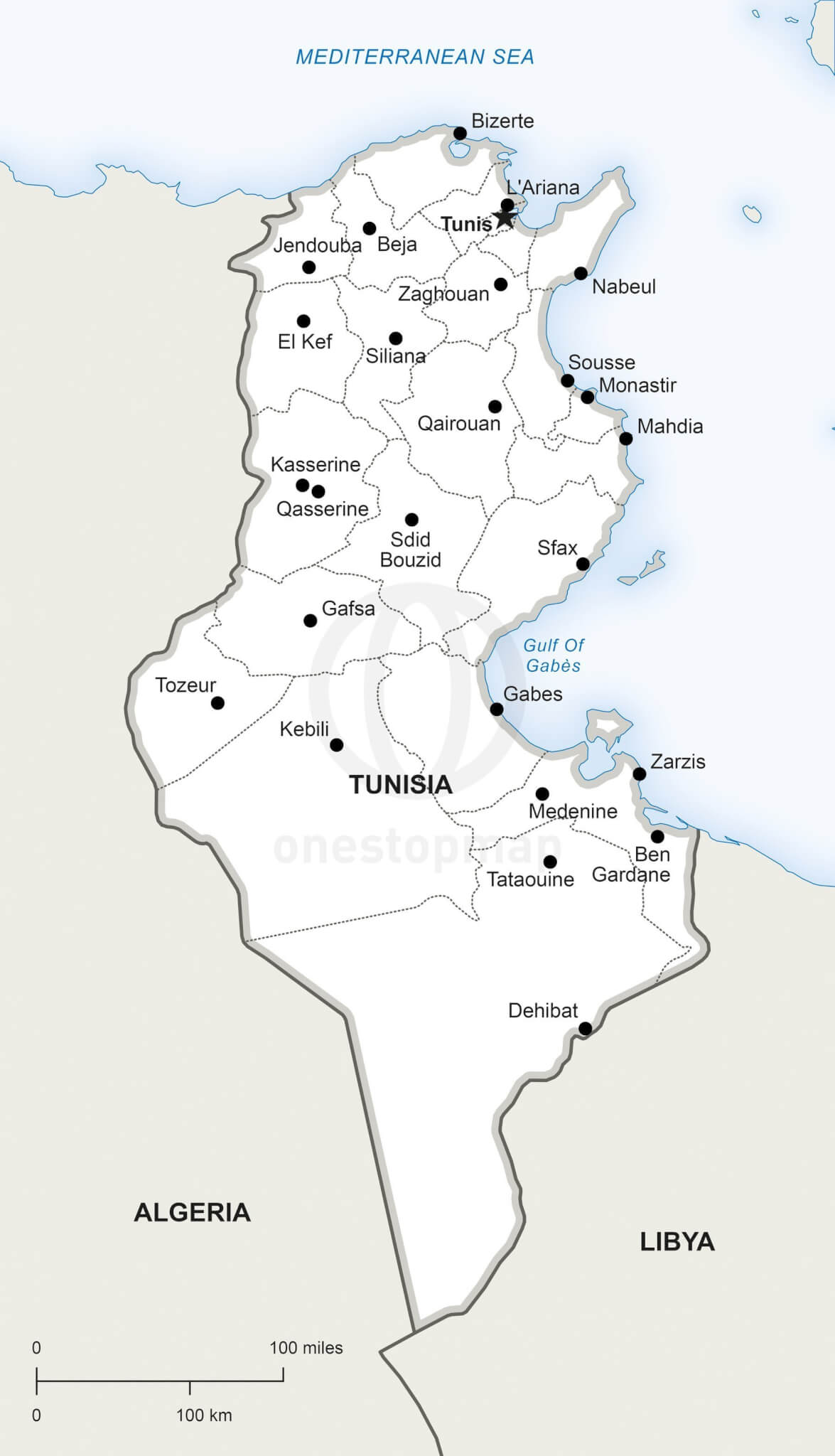

PLoS Pathog 15(12):Įditor: Jack Johnson, The Scripps Research Institute, UNITED STATES (2019) Molecular anatomy of the receptor binding module of a bacteriophage long tail fiber. Our studies uncover the basic architecture of a phage molecular device used for gaining entry into bacteria and provide insights into engineering novel phages to curtail multidrug-resistance bacteria.Ĭitation: Islam MZ, Fokine A, Mahalingam M, Zhang Z, Garcia-Doval C, van Raaij MJ, et al. We speculate that each LTF might act as a molecular pivot, able to change its position and angle and allow phage to move on the bacterium. Extensive mutational, structural, and biochemical analyses show that the ball-shaped tip contains patches of binding sites that allow dynamic interactions with LPS and/or OmpC. Here, we provide the first molecular description of a tail fiber tip. However, the interactions that govern this critical process are poorly understood. This allows phage to attach to bacterium, move on the surface, and find a suitable site for infection. The first step of infection is recognition of receptor molecules, lipopolysaccharide (LPS) and/or outer membrane protein C (OmpC), present on bacterial surface by the tips of LTFs. During infection, the genome packed inside the capsid is injected into its host, Escherichia coli bacterium, to initiate virus replication. They contain a head (capsid), a contractile tail, and a baseplate to which six long tail fibers (LTFs) are attached. We speculate that the LTF might function as a “molecular pivot” allowing the virus to “walk” on the bacterium by adjusting the angle or position of interaction of the six LTFs attached to the six-fold symmetric baseplate.īacteriophage (phage) T4 belongs to myoviridae, a widely distributed family of viruses on Earth. Our studies implicate reversible and dynamic interactions between these sites and the receptors. Here, by developing direct receptor binding assays, extensive mutational and biochemical analyses, and structural modeling, we discovered that the ball-shaped tip of the LTF, a trimer of gene product 37, consists of three sets of symmetrically alternating binding sites for LPS and/or OmpC.

Although the atomic structure of the tip of the LTF has been determined, its functional architecture and how interactions with two structurally very different Escherichia coli receptor molecules, lipopolysaccharide (LPS) and outer membrane protein C (OmpC), contribute to virus movement remained unknown. Consequently, the infection efficiency of phage T4 is one of the highest, reaching the theoretical value of 1.

The tailed phage T4 encodes a specialized device for this purpose, the long tail fiber (LTF), which allows the virus to move on the bacterial surface and find a suitable site for infection. This information is critically needed to engineer machines with novel host specificities in order to combat antibiotic resistance, a major threat to global health today. They encode highly efficient molecular machines to infect bacteria, but the initial interactions between a phage and a bacterium that then lead to irreversible virus attachment and infection are poorly understood. Tailed bacteriophages (phages) are one of the most abundant life forms on Earth.


 0 kommentar(er)
0 kommentar(er)
